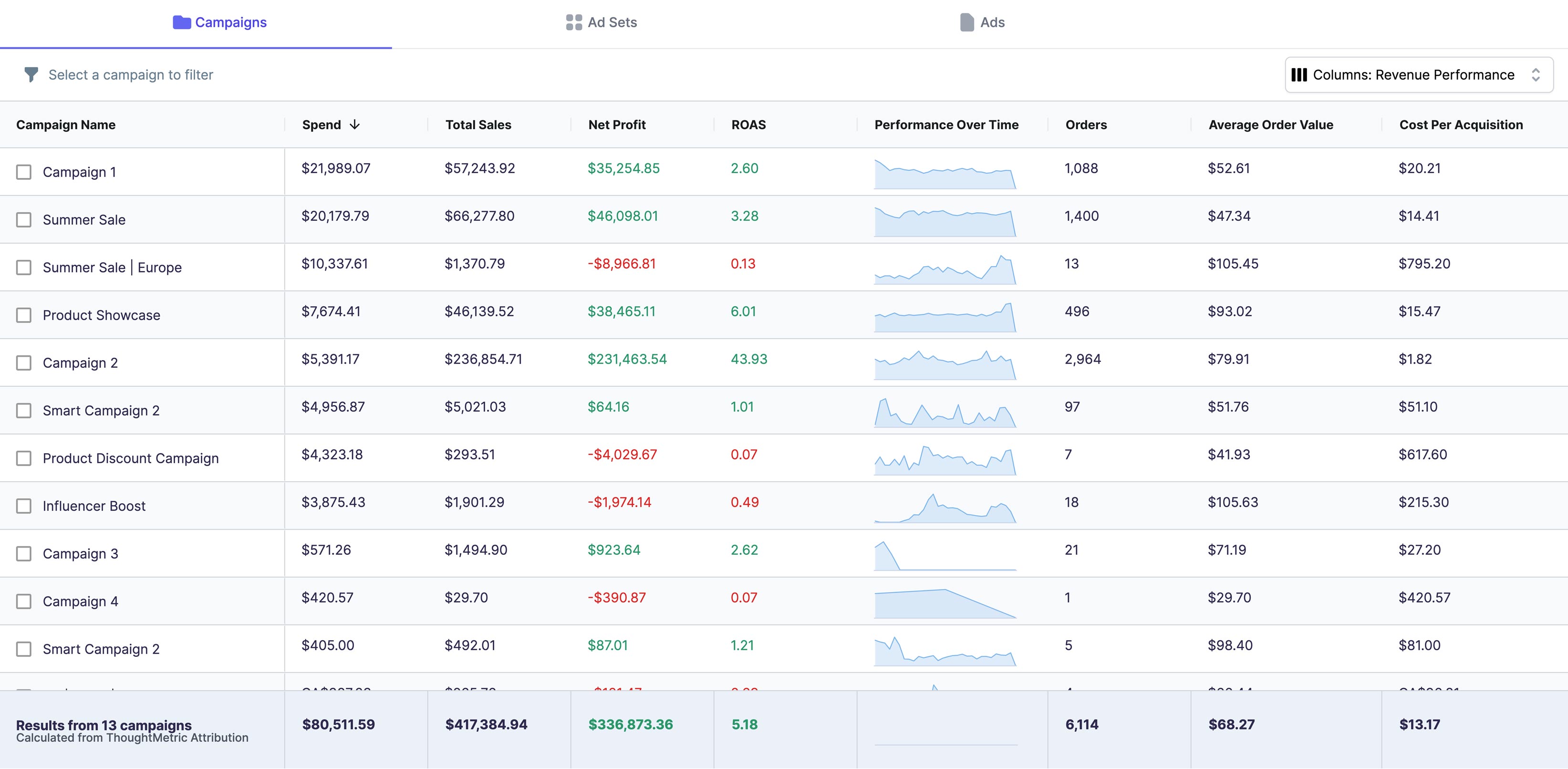If you run an ecommerce store with WooCommerce, you might have noticed that the platform recommends related products to your customers as they browse your website. While this feature can be helpful in driving additional sales, it might not always align with your business goals. In this article, we’ll explore the different ways to remove related products in WooCommerce, as well as the options to customize and improve them.
Before we dive into the steps to disable related products in WooCommerce, it’s important to first understand what this feature does and why it exists. Related products are recommended products that a customer might be interested in, based on what they are currently viewing on your website.
Related products are a part of the product recommendation system in WooCommerce. They are automatically suggested by the platform based on the product categories, tags, and attributes. The logic behind the recommendation takes into account the user’s browsing history and the behavior of other customers who have bought similar products on your website.
The WooCommerce related products feature can have several benefits for your business. By providing personalized recommendations to customers, you can increase the chances of additional sales and revenue on your website. Additionally, showing related products can help you cross-sell and upsell complementary items to customers, which can potentially increase the average order value and customer retention.
If you prefer not to display related products on your WooCommerce store, there are several methods you can use to disable them.
Using a WooCommerce Plugin
One of the easiest ways to remove related products in WooCommerce is by using a plugin. There are several free and premium plugins available for WooCommerce that can help you disable related products with just a few clicks.
To disable related products using a plugin, you simply need to install and activate the plugin on your website. Once the plugin is enabled, navigate to the plugin settings and find the option to disable related products. Click on the toggle switch to turn off the related products feature, and save your changes.
Editing the WooCommerce Theme Files
If you are comfortable with coding and website development, you can remove related products in WooCommerce by editing the theme files directly. This method involves modifying the PHP and CSS files of your WooCommerce theme to disable the related products display.
Before you begin editing the code, make sure to create a backup of your website and theme files. This will ensure that you have a restore point if something goes wrong.
To disable related products in WooCommerce by editing the theme files, you will need to locate the relevant PHP and CSS files. Most WooCommerce themes have a single file responsible for displaying related products. Generally, this file can be found in the WooCommerce template folder under Content-single-product.php.
Open the Content-single-product.php file and locate the code that displays the related products. Depending on the WooCommerce theme you are using, this code will look different. However, most themes will have a function named “woocommerce_output_related_products()” that is responsible for displaying the related products.
To remove the related products display, simply delete the function call from the code and save the file. This will disable related products on your WooCommerce website.
Utilizing Custom CSS
If you want to remove the related products display without modifying the theme files, you can use custom CSS to hide the related products section. This method is useful if you don’t want to change the underlying code of your website and want a quick fix.
To remove the related products display using custom CSS, you will need to add a CSS rule to your website’s stylesheet. Locate the relevant CSS class or ID that corresponds to the related products section and add the following rule:
display: none;
This will hide the related products section from your website.
If you want to keep related products on your WooCommerce website but want to customize how they appear, there are several options you can use.
By default, WooCommerce displays four related products on each product page. If you want to show more or fewer related products, you can change the number in the WooCommerce settings.
To change the number of related products, go to your WordPress admin dashboard and navigate to WooCommerce > Settings > Products > Related products. Here you can find the option to change the number of related products displayed.
Adjusting the Layout and Design
If you want to customize the design of the related products section, you can use custom CSS or purchase a premium WooCommerce theme. Most modern WooCommerce themes come with built-in options to customize the related products display, such as changing the layout, font size, and colors.
If you want to show related products that are more relevant to your customers, you can filter them by category or tag. By including products that are similar to the current product, but more targeted based on user behavior, you can increase the chances of additional sales.
To filter related products by category or tag, go to your WordPress admin dashboard and navigate to the product you want to edit. Under the “Related Products” section, you can manually select which products you want to display or filter them dynamically by category or tag.
While WooCommerce’s related products feature is helpful, there are additional options to improve and personalize the recommendations to customers. Here are some ways you can enhance related products functionality:
Using Upsells and Cross-sells
Upsells and cross-sells are product recommendation strategies that are similar to related products. The difference between the two is that upsells and cross-sells target the customer during the checkout process, whereas related products are suggested on the product page.
To use upsells and cross-sells, you can create product bundles or complementary items that customers can add to their cart before checking out. This strategy can help you increase the average order value and customer satisfaction.
Implementing Personalized Recommendations
If you want to provide personalized recommendations to customers, you can use artificial intelligence and machine learning algorithms. These algorithms can analyze customer behavior and purchase history to suggest products that are more relevant and targeted to the user.
Several plugins and services are available for WooCommerce that use artificial intelligence to suggest personalized recommendations. These plugins can help you increase sales and customer retention by providing a more customized shopping experience.
Adding a Wishlist Feature
If you want to increase customer engagement and retention, you can add a wishlist feature to your WooCommerce website. A wishlist allows customers to save products they are interested in and view them later. You can send targeted email campaigns to customers who have added products to their wishlist, increasing the chances of conversion.
Conclusion
Related products are a helpful feature in WooCommerce, but they might not always align with your business goals. By using the methods we’ve outlined in this article, you can customize and disable related products based on your needs. Additionally, by using upsells, cross-sells, and personalized recommendations, you can enhance the customer experience and drive additional sales.





